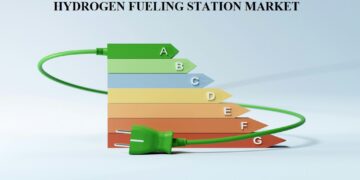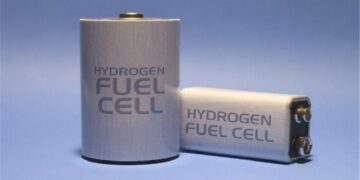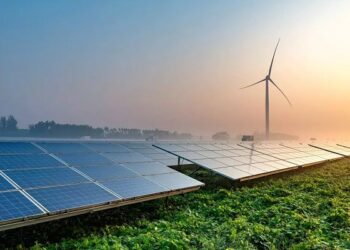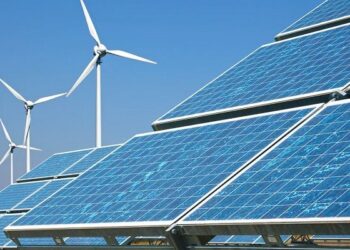The 270MW South Kent Wind Farm, located in the Chatham-Kent municipality of Ontario, is the biggest wind farm in Canada.
Construction of the onshore wind project started in early 2013 and operations commenced in April 2014. It is expected to offset approximately 842,000t of carbon dioxide emissions and produce clean and renewable energy for approximately 100,000 Ontario homes a year.
The project, owned by the 50:50 joint venture of Pattern Energy and Samsung Renewable Energy, created approximately 500 construction and 22 full-time jobs.
TowerTEX’s TowerSHADE wind technology
The wind farm is located to the south of Highway 401, between Tilbury and Ridgetown, and is developed on approximately 165 leased private land parcels.
“The project, owned by the 50:50 joint venture of Pattern Energy and Samsung Renewable Energy, created approximately 500 construction and 22 full-time jobs.”
It uses 124 Siemens SWT-2.3-101 wind turbines, rated at 2.3MW each. Each turbine has a blade length of 49m, rotor diameter of 101m, and rotor speed of 6rpm to 16rpm. The turbines use a three-stage planetary/helical type gearbox system. The turbine tower, including the blade, has a maximum height of 150m.
The turbine is mounted on a concrete foundation with a transformer installed at the base. The nacelle comprises electrical and mechanical components for the production of electricity.
TowerTEX’s TowerSHADE wind technology is used at the wind farm to reduce the impact of night lights, as part of aviation regulations.
Construction and infrastructure details
The wind farm development included the construction of 70km of access roads, and installation of 283km of electrical cable along with the 124 wind turbines. The plant site is accessible via Highway 401 between Tilbury, Ontario and Ridgetown, Ontario, from the west and east.
Portable generators provided the electrical power required for the plant construction and commissioning. The turbine towers were erected using the Vivian, RT and AT erection cranes.
Most of the construction workforce was from Ontario and major works, including the manufacture and assembly of the turbine components, installation and project operations, were conducted in Ontario.
Transmission and sale of power generated at the wind farm
The wind farm uses a 34.5kV electric collector system, which has both underground and overhead wires. The turbines are interconnected, with underground cables passing through a transformer installed at the base of each turbine.
“The wind farm uses a 34.5kV electric collector system, which has both underground and overhead wires.”
The electricity generated is stepped up at two 230kV substations, Sattern and Railbed, before being transmitted to the Hydro One transmission grid at the existing Chatham switching station via a 34km-long, 239kV transmission line.
Ontario Power Authority purchases the entire power generated under a 20-year power purchase agreement (PPA).
Contractors involved
Siemens Energy manufactured the wind turbine blades at its Tillsonburg facility, while Surespan was awarded the contract for installing the turbines. Ontario-made steel was used in the manufacture of the turbine towers at the CS Wind’s facility in Windsor.
Hatch provided engineering and environmental services for the wind farm. Armtec supplied the acoustical barriers installed within the substation transformers, while RES Canada was awarded the balance of plant contract.





































